OP-ED: “No Higher Honor” Than to Preserve Torpedo Factory Artist Space Against City’s “Vibrancy” Plan
Former Congressman and U.S. Navy Officer Agrees with Councilwoman Del Pepper's Warnings to City Council
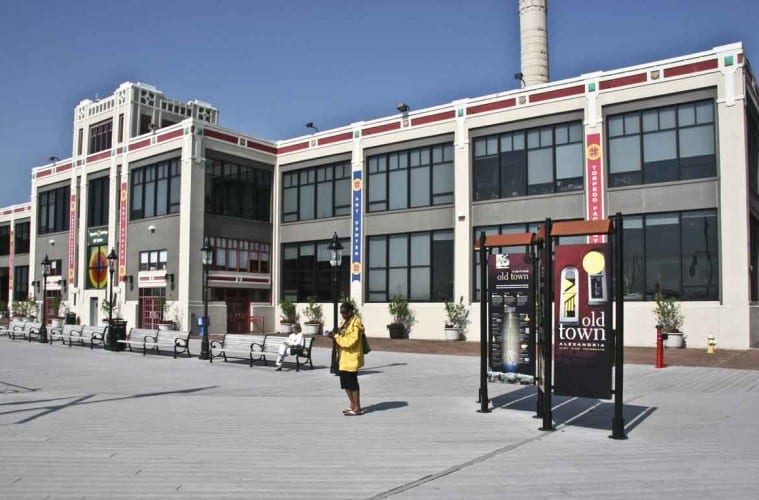
By Joe Sestak
At Council’s last legislative meeting before the holiday season, it approved implementing the “Action Plan for Vibrancy and Sustainability for the Torpedo Factory”, along with guiding principles. Notably, Councilwoman Pepper warned Council about the loss of what makes the Factory unique, “I’m just not crazy about this idea because the Torpedo Factory is, of itself, the giant. This is the goose that lays the golden egg … the one that brings everybody in … I would be concerned about decisions down the way, what kind of a role would it have, as just one of a group.”
Nevertheless, two months later, the FY 2023 budget included $3 million to begin executing the Vibrancy Plan, including “re-configuring the first-floor spaces to create a more dynamic public experience of the Art Center.” The Deputy City Manager made clear, “Council wants staff to continue to proceed with these changes and not wait … in terms of allocating the space in the building.“ As a result, all working artist studios will be removed from the coveted first floor – where the public enters the Factory — as it is “transformed into a Great Hall” for a “more dynamic” presentation of “products” such as: a large art gallery to show exhibits (mentioned was the Van Gogh), the presentation of long-term public art, furnaces for glass blowing, an art supply store, performance spaces or a make-space for visitors. Overall, 30% of the Factory’s working artist studios are to be shuttered.
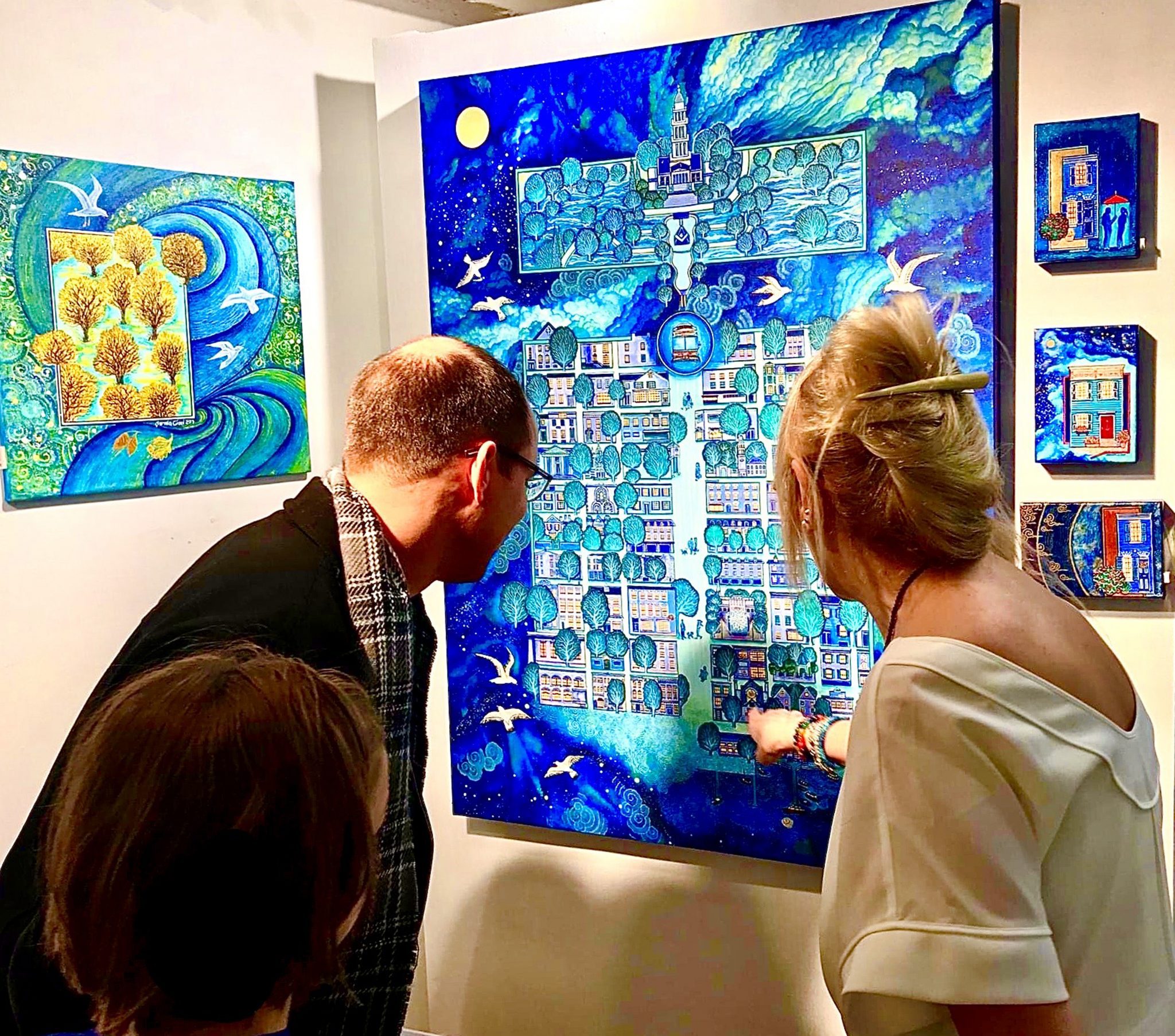
The Factory’s “transformation” will be completed, the Deputy City Manager said, when it’s determined “how to take these pictures [in the presentation to Council] and make it into a reality.” A “picture” for the third floor – dancing couples and cocktail tables looking out a fifty-foot-wide window view – would be for a “market-rate revenue generating space”, removing more artist studios.
The “new purpose” of the Vibrancy Plan is a “re-vitalized” and “re-imagined Art Center” with a “new personality and identity” that is “re-invented” then “re-established” so that it is not just “new” but “re-purposed” since “the character and role of the TFAC will evolve … on a new trajectory.”
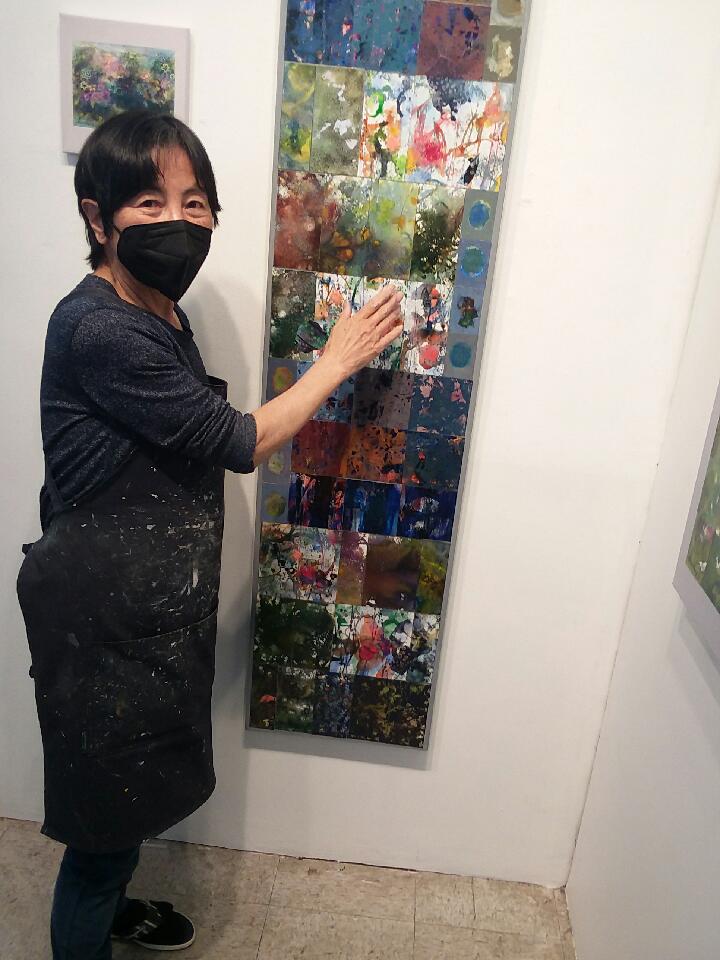
The “golden egg” of Councilwoman Pepper’s “goose” that draws 500,000 annual visitors is immediately evident upon entering the Torpedo Factory, today: you are instantaneously among scores of artisans — at work in studios, not shops or galleries — where you can discuss the artisans’ work with them, and purchase the result. Its unique identity as a factory where artisans are working is underscored by all sixteen studies of the Torpedo Factory as being of world renown, lauded as a national model, and as America’s largest.
In the future, the Vibrancy Plans say visitors will instead enter a re-purposed “showroom”, much like a car dealership, with vibrant displays of beautiful, finished products and interactive salespeople. The actual factory workers are elsewhere – in Alexandria, a flight or two up, and much fewer in number.
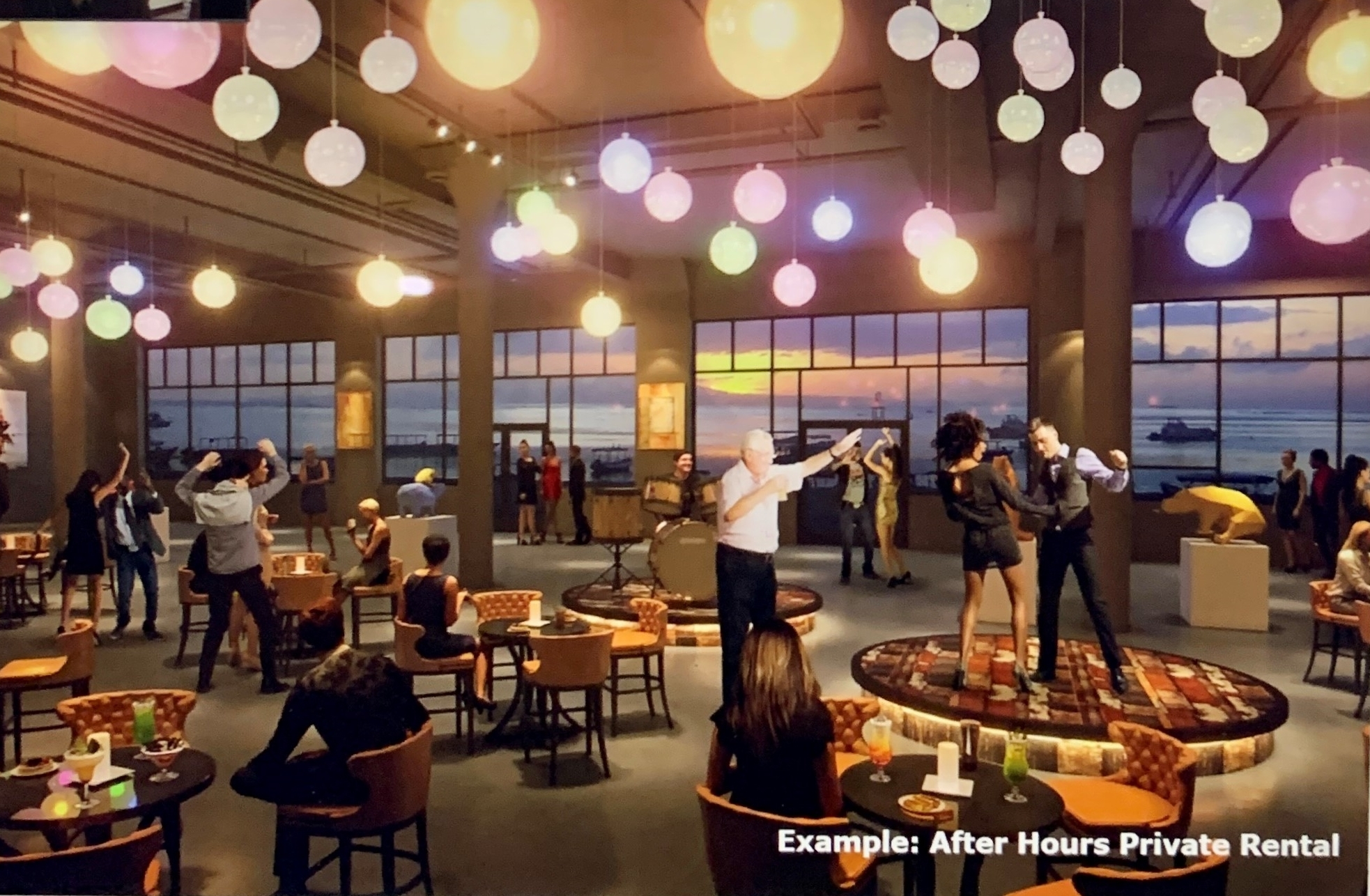
Does the Factory have challenges to be resolved? Certainly, beginning with its governance. It’s no surprise its decision-making process is characterized as disruptive, even dysfunctional, by some. All great artists have a lovers’ quarrel with the world … it’s the source of their creativity…and why they shouldn’t govern, particularly themselves. Neither Van Gogh — before or after his ear lobe incident with another artist – or the mercurial Michelangelo could govern a studio, nor mind a factory of artists. This is quite an easy fix by a City Manager who, knowing how to manage, can readily create an entity with one governing board, not three that understandably create conflict since the Torpedo Factory Art Center Board is about the building, the Torpedo Factory Artist Association Board is about the artists and the Art League Board is about the Art League.
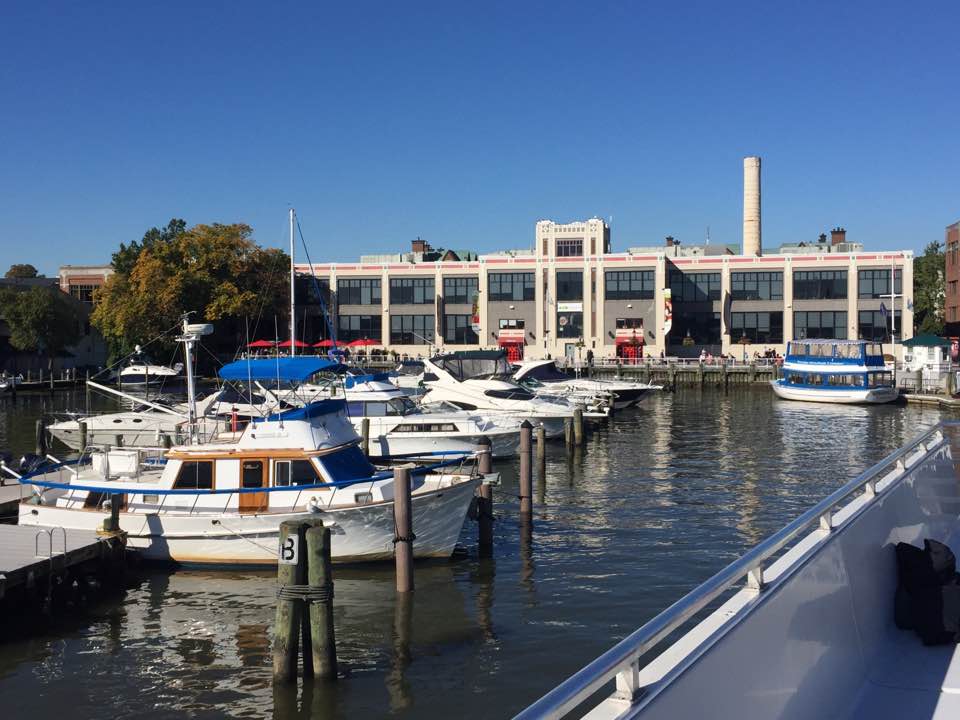
Second is a revised jurying process for selecting, and limiting tenure of, our artists for more diversity, equity and accountability for working hours and opened studios. Not hard with the right governance – and advertising, which has lagged, particularly for youth, such as at the nearby Duke Ellington School of the Arts and our own diverse Alexandria City High School, with its remarkable art department.
The Department should be an asset for assessing any changes in its Torpedo Factory neighbor. Take the Vibrancy Plan’s direction that “The more passive programming of open studios … will have to shift to a more proactive public attraction roll.” This has resulted in changing the jurying process for selecting new artists. It now includes two additional “non-blind” stages that award half of the jury’s maximum 100-point scoring. These 50 points are based almost exclusively on an aspiring artist’s talent for both “public interaction” and “marketing ability” — not art.
The discrimination from such non-art criteria would have been evident if our own art teachers had been consulted. We have a public school system where all courses are open to all students. But it was most often in the art classroom that our daughter got to enjoy the company of students in special education during the school day. And why not. Art is our, and the world’s, common language.
In high school, she would come home exclaiming particularly on one such aspiring artist’s talent. Yet, such often less socially-oriented and introverted youth, and adults — like many good artists — are harmed by the re-purposed emphasis of the Torpedo Factory on “artistic vibrancy” (“fun”, “interactivity”, “reaching out”, “engagement”).
I also doubt the young man who won my first congressional high school art competition out of 100+ entries would ever have a chance under the new jury selection process. Our “blind jury” chose a blind artist…extremely shy, quiet, his art speaking for him so loudly that it was then chosen to hang in the chambers of Congress.
The Council needs to decide if the Torpedo Factory’s new purpose is to become like Tik Tok — or remain the inspiration and appreciation one can only imagine from visitors watching such an artist making fantastic art, albeit speaking quietly, softly (but, unfortunately, no longer on the prime first floor). And marketing skills? Van Gogh sold one painting while alive … although all are now priceless.
There’s the issue of cost. The rent paid by the artists covers the annual operational expenses of the Torpedo Factory. It will require about $14-16 million in capital investment to redo its electrical wiring, heating and air conditioning, and other items, for the next forty years.
The Vibrancy Plan will cost the city $46 million, and require “major alterations in purpose and function.” This will not only “transform the [interior] Art Center,” but “enliven” the exterior by “a more iconic art look-and-feel,” with its “skin” perhaps “animated”, along with a possible physical change to the exterior.
Taking both the torpedo and the factory out of Torpedo Factory is also why Councilwoman Pepper expressed concern with the Vibrancy Plan. “This is a torpedo factory, and what I have always been concerned about is that you’ve tucked away the torpedoes somewhere else…I’d like to have those torpedoes front and center when people walk in…”
It’s not surprising, as the Torpedo Factory was instrumental to why President Franklin Roosevelt called America the ‘Arsenal of Democracy” — as we are, still today, for a courageous Ukraine. With only a paragraph in 37 pages of Vibrancy Plans noting the Torpedo Factory’s history. Councilwoman Pepper beseeched Council to at least have “… a plaque, explaining everything. This has a very interesting history. I’d very much like to see that emphasized.” Justifiably so, as it was our arsenal’s non-segregated artisans — uncommon in Virginia, uncommon in America — that built torpedoes singularly responsible for victory in the largest naval battle in world history – the Battle of Leyte Gulf.
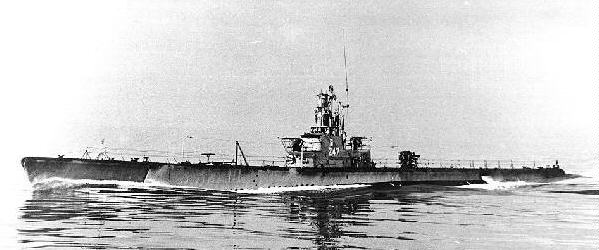
To turn the tide in the Pacific, Japan converged its entire navy at Leyte Gulf to attack General MacArthur’s landing force. Successfully decoying Admiral Halsey away with his 65 aircraft carriers and heavy ships, the Japanese expected to confront only the “small boys” left behind.
Alerted by submarines that torpedoed several ships, PT boats and destroyers ambushed the first of two Japanese fleets as it entered a narrow strait at night. Repeated torpedo attacks decimated its heavy battleships and cruisers.
The second fleet of 24 battleships, cruisers and destroyers appeared off Leyte at dawn. Four destroyers immediately attacked with “suicidal determination … disrupting the Japanese formation as their ships turned to avoid their torpedoes,” while others laid smoke screens as jeep carriers prepared to launch their few aircraft.
The ferocity of the hidden attackers convinced the Japanese that Halsey’s force must still be there, and withdrew. Credit for not being “completely wiped out” was given to a “smoke screen, our torpedo counterattack, continuous harassment of enemy by bomb, torpedo, and… the definite partiality of Almighty God” – preventing a “calamit[y] … of incalculable proportions” for 150,000 defenseless soldiers ashore.

America and its warriors have a lot to be grateful for to the Alexandria artisans who helped save the battle. They were then replaced by another group of artisans who saved the Torpedo Factory and anchored the revitalization of the waterfront, avoiding the controversial demolitions of the City’s urban renewal program in the 1960s, and then that of the Factory’s other waterfront buildings in the 1970s. Nor should we now demolish the essence of what made our Torpedo Factory great – its working artisans … common folk, not fancy, but a national treasure.
For my first sea command, I asked for the USS Samuel B. Roberts, the namesake of a ship sunk in the battle of Leyte Gulf, fighting alongside my father. Our motto was taken from the words of its then-Commanding Officer, who told his men they were entering “a fight against overwhelming odds from which survival could not be expected.” Nor was it. Penning his battle report of having lost his ship and a number of his sailors after their torpedoes helped turn back the Japanese fleet, he ended it with the precious words, “There is No Higher Honor than to have served with men such as this.”
Similarly, for Alexandria there should be No Higher Honor than to have had working artisans serving in its arsenal of freedom that saved so many American lives; nor to now have similar artists serving there, helping us aspire to a more enlightened future. The “opportunity cost” is well worth it, just as that of those brave warriors lost in the Battle of Leyte Gulf: priceless.
CLICK HERE for the link to an artist’s petition on the Torpedo Factory.
Joseph Ambrose Sestak Jr. is an American politician and retired U.S. Navy officer. A member of the Democratic Party, he represented Pennsylvania’s 7th congressional district in the U.S. House of Representatives from 2007 to 2011 and was the Democratic nominee for the United States Senate in 2010. A three-star vice admiral, he was the highest-ranking military official ever elected to the United States Congress at the time of his election.[2] He was a candidate for the Democratic presidential nomination in the 2020 election, launching his campaign on June 23, 2019 and ending it on December 1, 2019,[3][4] subsequently endorsing Amy Klobuchar.[5]




